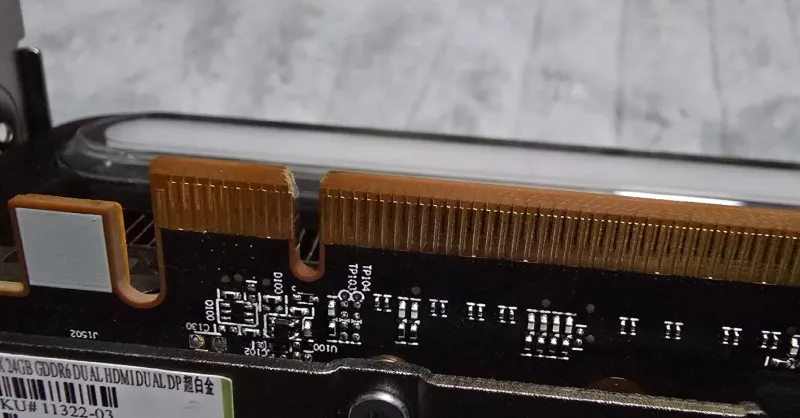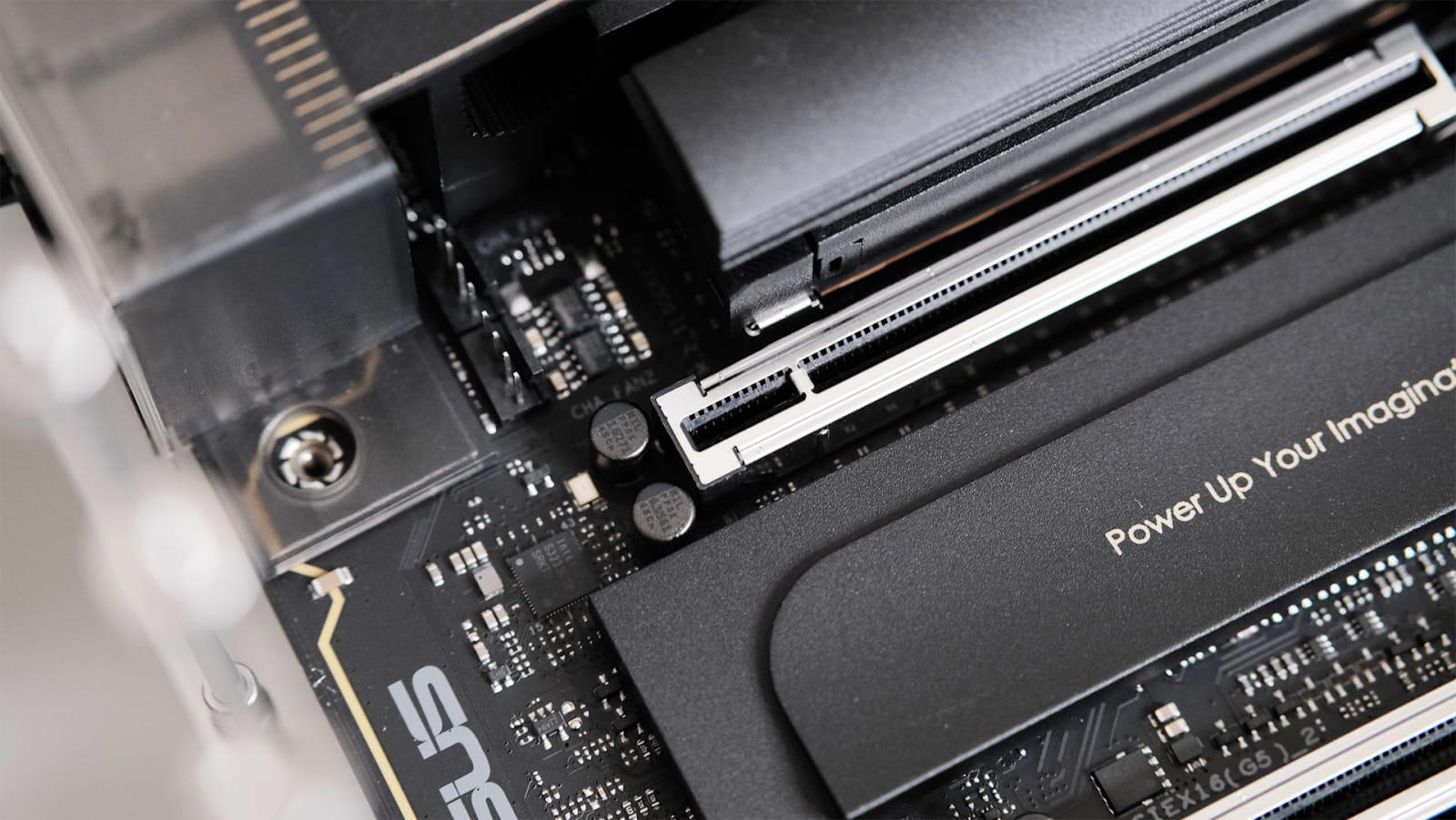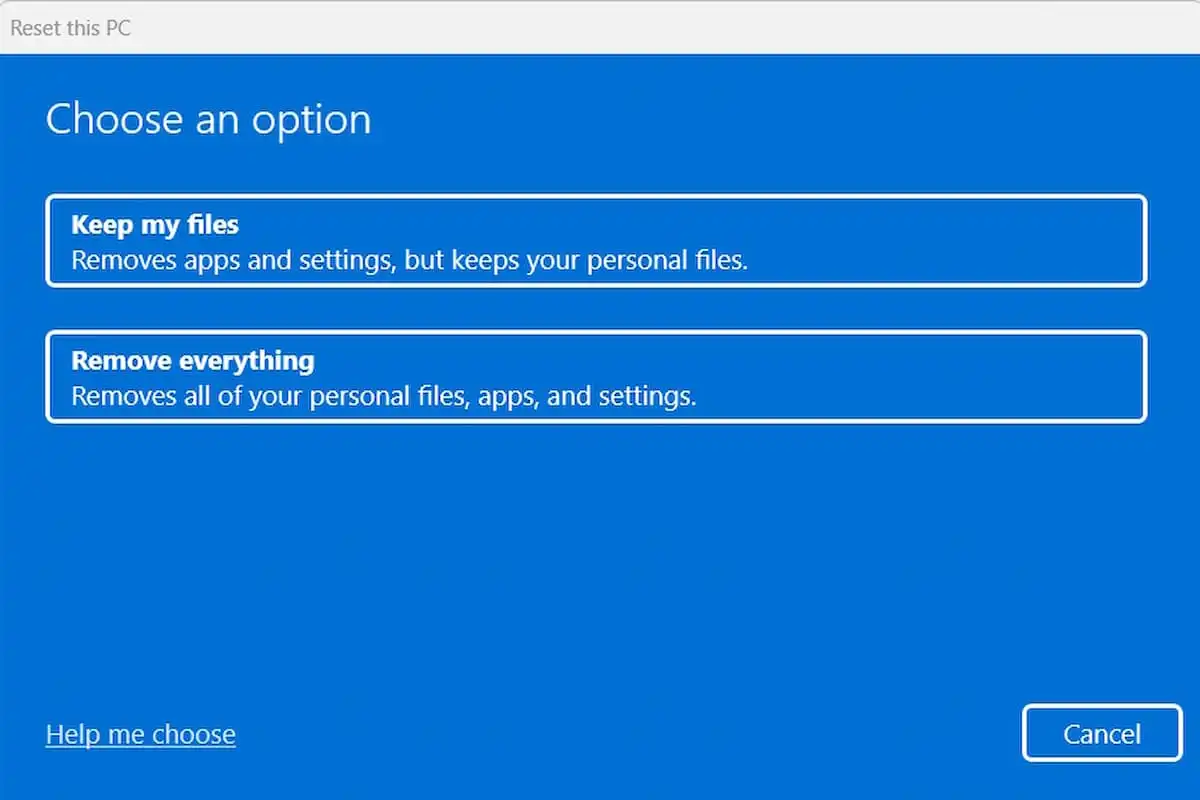
Asus Addresses Concerns Over Q-Release Slim PCIe Scratches
Asus has responded to reports that its Q-Release Slim PCIe slots on high-end motherboards are causing scratches and minor damage to expensive graphics cards. Following concerns raised by hardware reviewers, the company asserts that there is no reason for concern, stating that wear marks are expected after repeated insertions but do not impact functionality.
In an official statement, Asus explained that internal testing found no issues affecting performance, even after 60 insertions and removals. However, the company acknowledged that incorrect removal techniques could increase the likelihood of minor scratches. Asus recommends users follow official removal guidelines, which involve a specific front-to-back motion, to prevent unnecessary force and potential damage. The company also reassured users that if any actual damage occurs, Asus will take full responsibility.
The Q-Release Slim PCIe design is featured on Asus’ latest and most expensive motherboards, targeting gamers and content creators. Unlike the older Q-Release system, which used a more traditional release button, this new design requires a less familiar pulling motion. PC builders accustomed to conventional PCIe slots have noted that this contradicts years of best practices, making the removal process feel unnatural.
Despite these concerns, Asus maintains that the risk of real damage is extremely low for the average user, as most builders won’t be inserting and removing GPUs dozens of times like professional reviewers. Nevertheless, given the high-end nature of these motherboards and GPUs, users may remain cautious about long-term durability.




